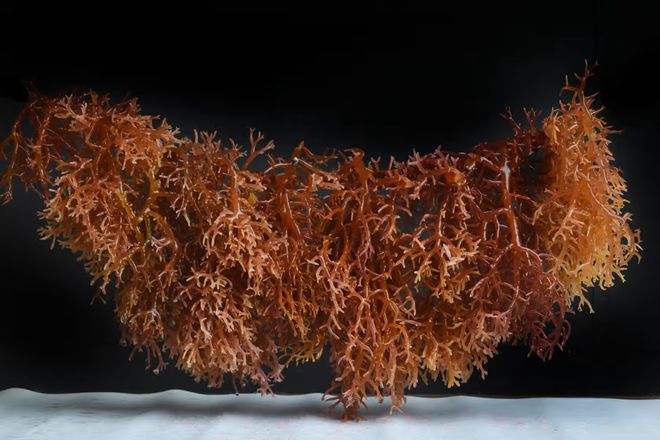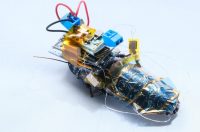Batteries using sodium as an electrode material show exciting promise for next-generation energy storage solutions, and a recent study is bringing them closer to the mainstream. British scientists have developed a new material from seaweed that could improve the durability of batteries while also increasing their capacity.
Sodium ion has gained increasing attention in battery research in recent years as it offers a more sustainable alternative to those chemistries based on lithium, which is relatively scarce and expensive to mine. In contrast, sodium, which is abundant and has a high theoretical capacity, could play a more powerful role in our future energy storage needs and reduce costs, research suggests.
However, one problem scientists keep running into when working with sodium-based batteries is the uncontrolled growth of tentacle-like structures called dendrites. As the battery cycles, they form, puncturing the separator that sits between the two electrodes, shorting out the device.
Researchers at the University of Bristol in the UK have come up with a new solution to this problem. Working with scientists from Imperial College London and University College London, the team has reportedly extracted cellulosic material from brown seaweed and used it to form a new fibre-based separation material for sodium batteries.
These fibers are said to not only prevent the formation of dendrites, but also happen to improve the performance of the battery. The research results were recently published in the journal Advanced Materials.
“The purpose of the separator is to separate the functional parts of the battery (positive and negative electrodes) and allow the free transport of charges,” said Jing Wang, first author of the study. “We have found that algae-based materials can make the separator very strong and prevent it from being damaged.” Dendrite punctures. In addition, it enables greater storage capacity and efficiency, and increases battery life. This is the key to powering devices such as mobile phones for longer periods of time.”
In their tests, the team found that the cell design can maintain unprecedented long-term stability, maintaining high energy density for 1,000 cycles. The team said the approach could also be applied to other battery types to make them more efficient, and they are now turning their attention to scaling up the production of the material.
“I’m excited to see that these nanomaterials can strengthen separator materials and enhance our ability to move toward sodium-based batteries,” said the researchers. “This means we don’t have to rely on scarce materials like lithium, whose extraction typically requires vast amounts of natural resources. , like water, can be extracted.”




GIPHY App Key not set. Please check settings